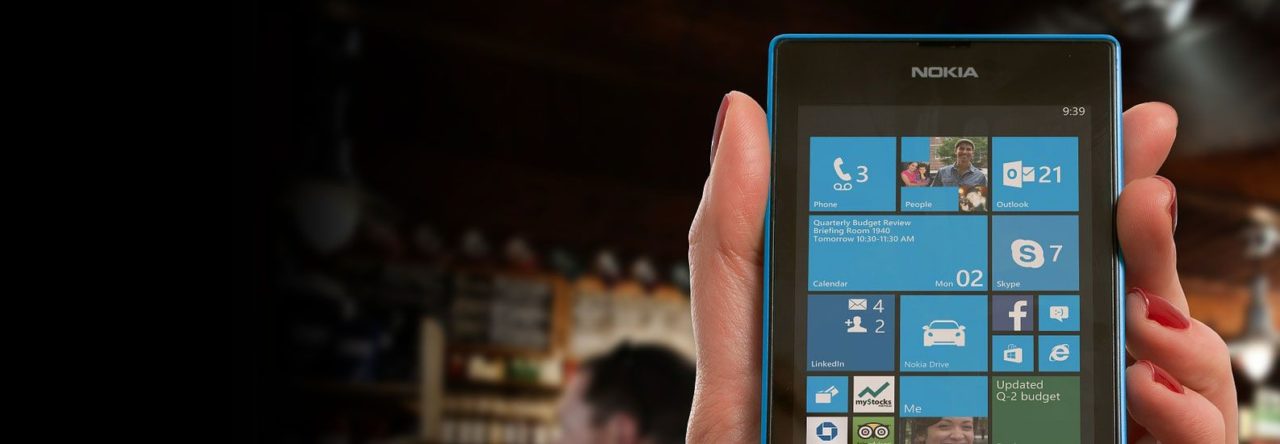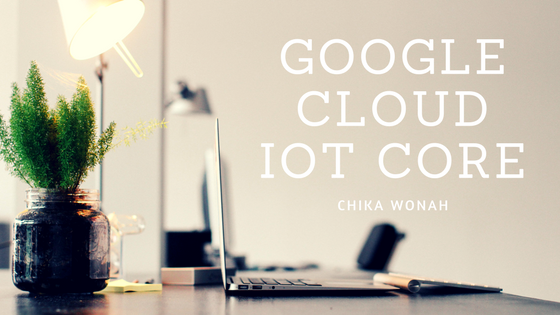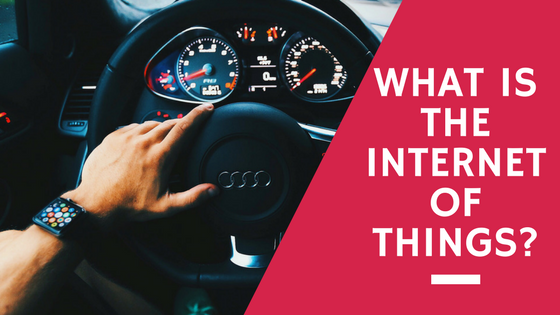As the 2rst century has expanded in tremendous ways, technology has been a big driving factor. The world consists of a myriad of devices from cellphones, tablets, and laptops to wearable devices and more. Through data and the world wide web, better known as the internet, comes the possibility of connecting any and all devices.
In recent news, Google announced the release of Cloud IoT Core, the secure device connection and management system. This system allows consumers to securely connect their devices, along with analyzing data on each device as well. This service allows data to be collected, analyzed and turned into a visualization in real time throughout the globe. When it comes to user experience, Google has an exceptional understanding of what consumers want and will support.
Google is striving to make device data easier among a bundle of technologies. This also provides a rising opportunity to take advantage of this with their own products. The growth of productivity is expected to spike rapidly through the use of these various electronics.
A major trick Google has up its sleeve is the service’s ability to use a tool called natural language processing (NLP). Both consumers and industrial domains will be able to take advantage of the various tools Cloud IoT Core has to offer. This tool means that computers will have the capability to understand both written word and speech, or spoken word. With this advancement in technology, different computers will be able to communicate with each other, thus offering the ability to connect multiple devices through Cloud IoT.
Users of Cloud IoT can expect to improve operational efficiency through this management service. Any device used through the cloud will be connected via data for tracking, analyzing and more. Cloud IoT Core takes a level of complexity and simplifies it for all users. Whether you’re a large or small company, using large or small devices, Cloud IoT is an easy to use tool that takes the data and makes it easily manageable.
Google is also allowing it’s users to bring in third parties, meaning they don’t necessarily have to collect this data and analyze it through Google alone throughout their process.
Although this software is generally most beneficial to companies or even small businesses, Google has opened Cloud IoT Core to anyone who wants a more efficient way to manage their devices and data.


